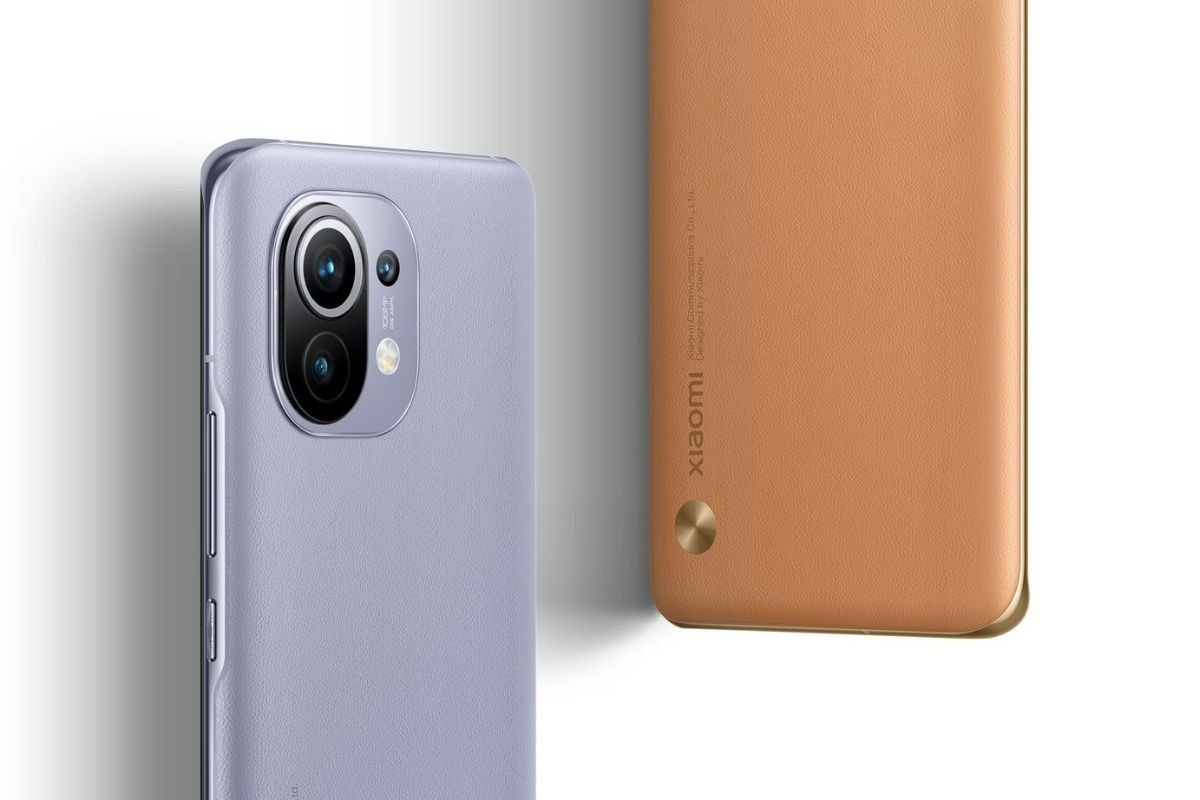
Xiaomi mi 11 launch on february 8: all xiaomi flagship phones that have come to india, in photos
- Select a language for the TTS:
- UK English Female
- UK English Male
- US English Female
- US English Male
- Australian Female
- Australian Male
- Language selected: (auto detect) - EN
Play all audios:

Xiaomi Mi 11, the latest flagship smartphone from Xiaomi is set to make its global debut on February 8, the Chinese smartphone maker said yesterday. The Mi 11 was launched in China last
month in December 2020, and came as the first smartphone to be powered by Qualcomm's flagship chipset, the Snapdragon 888 processor. The Mi 11 global event is set to take place at 8PM
GMT (5:30PM IST) and will be streamed live on Xiaomi's Facebook, Twitter, and YouTube page, the company said. Xiaomi will also unveil its MIUI 12.5 software during the same event.
Xiaomi has not yet announced the India-specific launch details for the Mi 11 smartphone launch. It is also being reported that Xiaomi may also unveil the Mi 11 Pro during the event. As the
Mi 11 is expected to arrive in India alongside other regions, let us take a look at all the Xiaomi flagships that have arrived in the country yet. The first Xiaomi flagship smartphone to
launch in India was the Xiaomi Mi 3. You may remember Xiaomi Mi 3 as the Xiaomi smartphone that was getting sold out within second back in 2013, the Mi 3 was the smartphone with which Xiaomi
made its mark on the Indian market. The Xiaomi Mi 3 was launched in July 2014 and was powered by Qualcomm's Snapdragon 800 processor with 2GB of RAM and 16GB of internal storage. The
Mi 3 came with a 5-inch 1920x1080 pixels display with up to 441 ppi and came with a 3,050mAh battery. The Mi 3 had a 13-megapixel rear camera with an Exmor sensor and a 2-megapixel front
camera. ADVERTISEMENT Xiaomi's Mi 4 was the successor to Mi 3 and was launched in July 2014. Mi 4 was launched as the Chinese manufacturer's flagship smartphone of the year and
came powered with Qualcomm's Snapdragon 801 chipset paired with 3GB of RAM and 16GB of internal storage. The smartphone came with a 13-megapixel Sony Exmor primary camera and an
8-megapixel front camera. The Xiaomi Mi 4 had a 5-inch 1920x1080 pixels display and a 3,080mAh battery. The Xiaomi Mi 5 was the smartphone with which Xiaomi changed its timeline for its
flagship smartphone launch. Launched in February 2016, the Mi 5 was powered by Qualcomm's Snapdragon 820 SoC paired with 3GB of RAM and 32GB of internal storage. The Mi 5 came as one of
the most aggressively designed flagships of the time, with its alomst bezel-less sides and curved back panel. The smartphone sported a 16-megapixel primary camera and a 4-megapixel front
camera. The Xiaomi Mi 5 came with a 5.15-inch display and a 3,000mAh battery. ADVERTISEMENT Xiaomi Mi 6 was launched in April 2017 and came powered with Qualcomm's Snapdragon 835
processor and had 6GB of RAM (considered outrageous back then) with up to 128B of internal storage. Xiaomi focused on the design of the Mi 6, similar to how the company marketed the Mi 5
smartphone. The Mi 6 was the first in the series to feature a dual camera setup which included a 12-megapixel primary wide angle shooter and a 12-megapixel telephoto lens. The Mi 6 came with
a 5.15-inch display and a 3,350mAh battery. Xiaomi Mi 8 followed the Mi 6 (Xiaomi skipped the Mi 7 nomenclature) in 2018. The smartphone came powered by Qualcomm's Snapdragon 845
chipset which was paired with up to 6GB of RAM and up to 128GB of internal storage. The Mi 8 Explorer Edition offered up to 8GB of RAM. The smartphone also featured a dual camera setup that
included a 12-megapixel primary wide-angle shooter and a 12-megapixel telephoto lens. Up front, the Mi 8 houses a 20-megapixel selfie shooter. The Xiaomi Mi 8 comes with a 621-inch AMOLED
display with an FHD+ resolution and a 3,400mAh battery. ADVERTISEMENT Mi 9 followed the Mi 8 in 2019 as Xiaomi's flagship offering. The Mi 9 came as a direct competitor to the OnePlus 7
and was powered by Qualcomm's Snapdragon 855 chipset, paired with 6GB of RAM and up to 128GB of internal storage. The Mi 9 came with a triple rear camera setup that included a
48-megapixel primary camera, a 12-megapixel telephoto lens, and a 16-megapixel ultra wide-angle lens. Up front, the Mi 9 houses a 20-megapixel camera. It has a 6.39-inch Samsung AMOLED
display with a FHD+ resolution and all of this is back by a 3,300mAh battery. Mi 10 series was launched last year in 2020. 2020 was the first year where Xiaomi launched two generations of
flagship smartphones. The Mi 10 series in early February (global) and the Mi 11 in late December (China). The Mi 10 (vanilla) came powered by Qualcomm's Snapdragon 865 SoC with 8GB of
RAM and up to 256GB of internal storage. The Mi 10 comes with a quad rear camera setup that includes a 108-megapixel primary camera, a 13-megapixel ultra wide-angle lens, a 2-megapixel depth
sensor, and a 2-megapixel macro lens. The smartphone has a 6.67-inch AMOLED display with a 90Hz refresh rate and an FHD+ resolution. The Mi 10 comes with a 4,780mAh battery.
